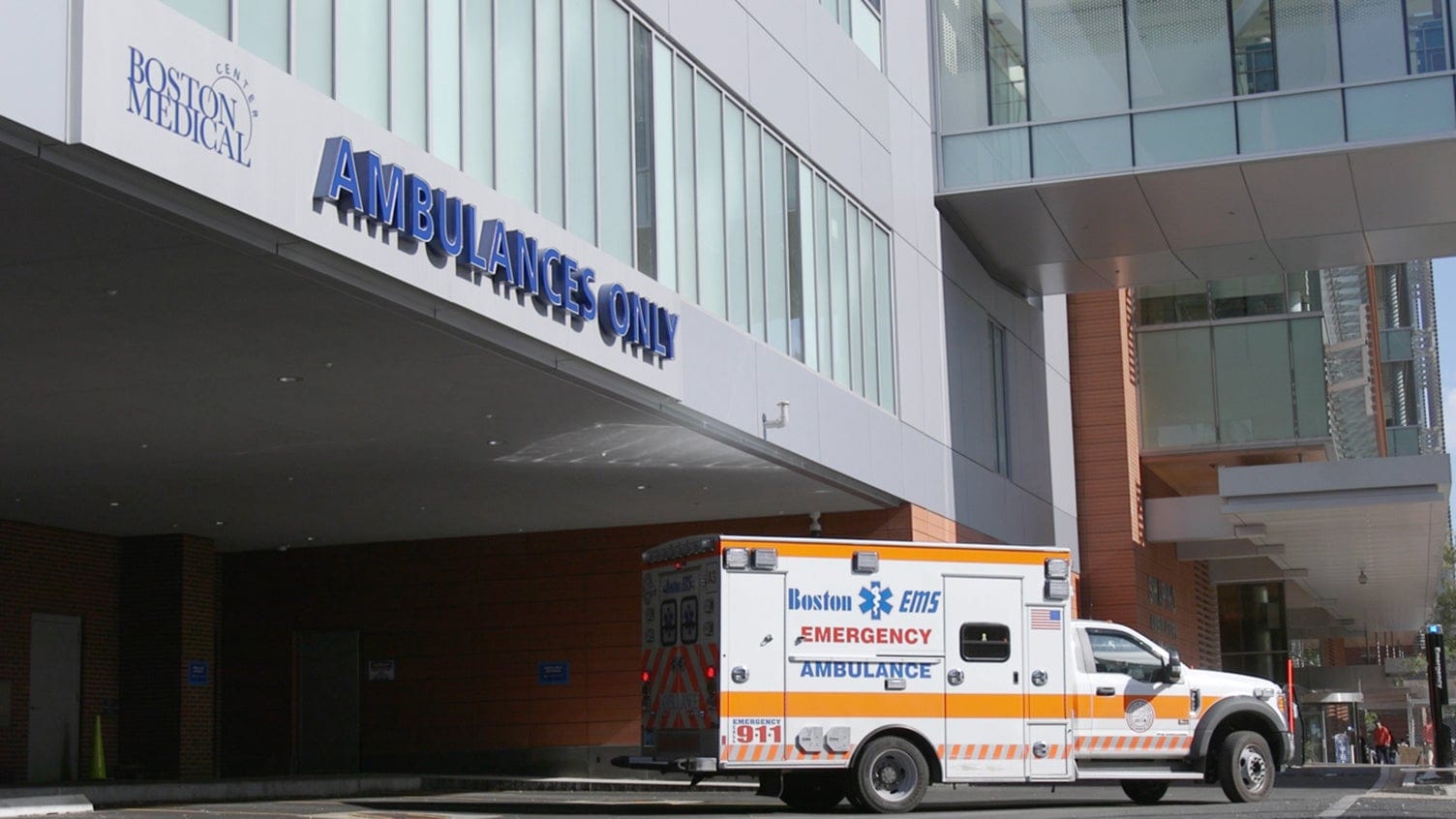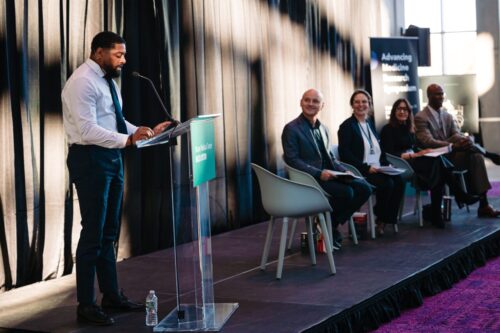Gun Violence Is Higher in Boston Areas that Were Redlined in the 1930s
October 12, 2021

Boston Medical Center
New data from BMC highlights the enduring harm the racist housing policy had on Boston's devalued neighborhoods.
During the 1930s, the U.S. government utilized a discriminatory practice that refused home loans to individuals who lived in certain geographic areas. Known as redlining, this practice affected individuals and families living in inner cities, predominantly people of color, by denying them access to federally backed home loans. This severely restricted upward mobility among people of color. Even today, once-redlined neighborhoods have lower home values and higher rates of poverty.
Research out of Philadelphia showed that, from 2013 through 2014, areas that were redlined had 13 times higher rates of shooting compared to other areas, demonstrating the downstream impact of redlining. Data also shows that the leading cause of death for Black men under the age of 44 is homicide. However, there is a lack of data about broader geographic issues that may play a role in this disparity.
Now, a new study shows that areas of Boston where redlining occurred in the 1930s currently have higher rates of firearm violence compared to those that were not redlined. Led by researchers at Boston Medical Center (BMC), the study, published in The Lancet Regional Health – Americas, demonstrates that structural racism in the form of redlining has led to these increased rates due in large part to high rates of poverty, low educational attainment, and low homeownership rates. The researchers highlight the need to better understand other factors at play in formerly redlined areas in order to develop targeted interventions to reduce gun violence.
“This study is the first to dig into the underlying factors that contribute to higher rates of firearm violence in certain Boston neighborhoods,” says Michael Poulson, MD, a surgical resident at BMC, who is the study’s first author.
Data show the downstream impacts of systemic racism
Researchers collected four years of Boston Police Department data on assaults and homicides involving a firearm. It included incidents from 2016 through 2019 where police officers were dispatched to respond. They color-coded a map of Boston according to how certain area were classified for home loan applications in the 1930s. Overlaying that map onto a current one that marks the location of firearm violence incidents in Boston, researchers used a mediation analysis to study the impact of poverty, education, employment, and demographics on increased rates of firearm violence in formerly redlined areas.
Shooting rates were significantly higher in the yellow and red areas designated “definitely declining” (5.4 shootings per 1,000 people) and “hazardous” (5.3 per 1,000), respectively, compared to the green areas classified as “best” (0.5 per 1,000 people). The yellow areas had the highest share of the Black population, at 31%, and red areas had the second highest at 19.4%. Additionally, yellow and red areas had higher rates of residents who lived below the poverty line (13.8% and 17%); were uninsured (3.7% and 3.6%); were publicly insured (39.2% and 38.4%); and had less than a high school degree (12.9% and 17%).
Mediating the interaction between redlining and discriminatory housing policies were poverty, poor educational opportunity, rented housing, and segregation of Black individuals (represented by Black share of the population).
“It is important for researchers and policymakers to understand the downstream impacts of structural racism and how they affect firearm violence in devalued, redlined communities,” says Poulson. “Our study results show that considering neighborhood factors, such as poverty, educational attainment, and segregation are important when interventions are being developed to help decrease firearm violence in communities still feeling the effects of redlining.”


